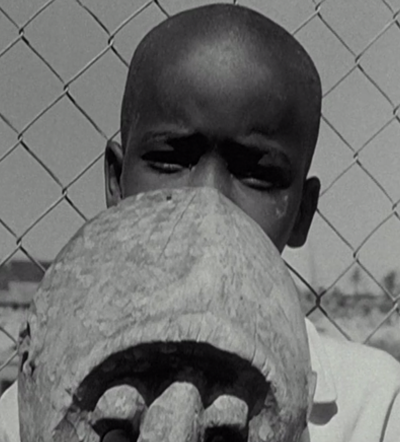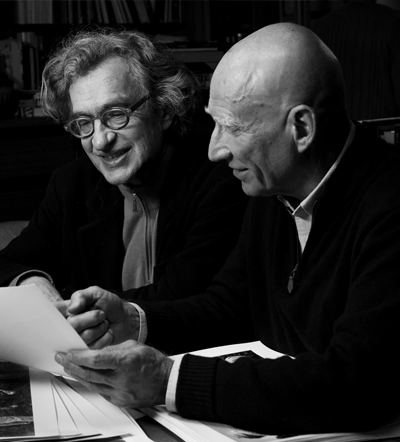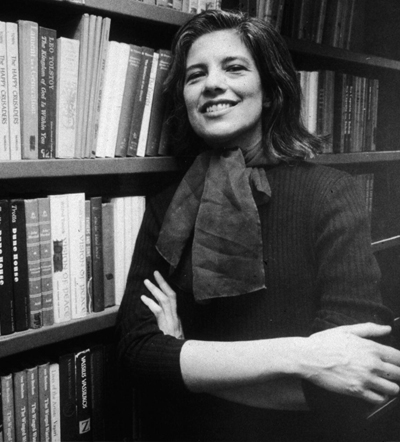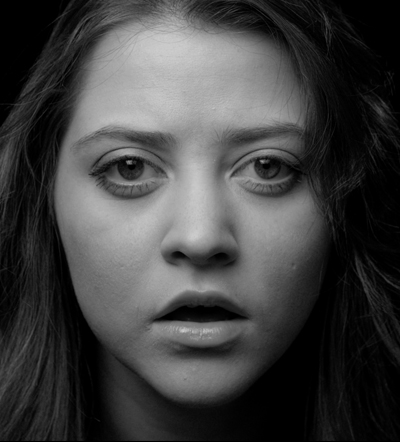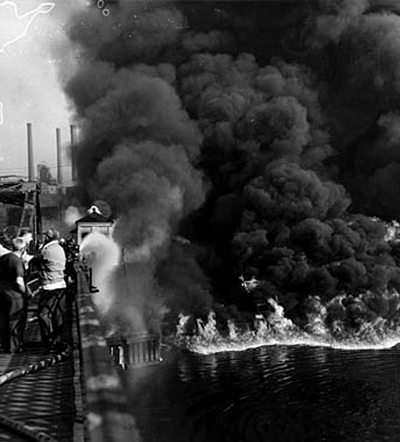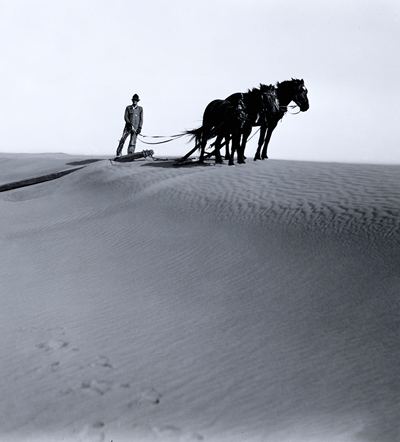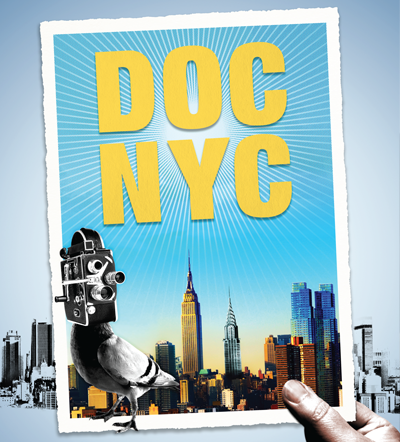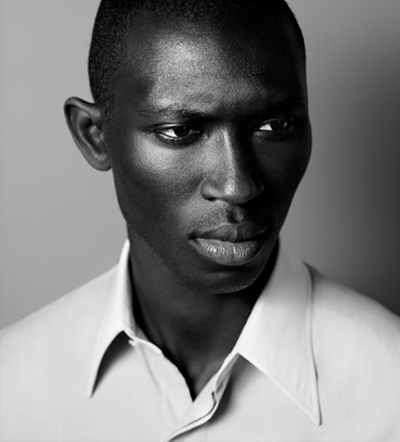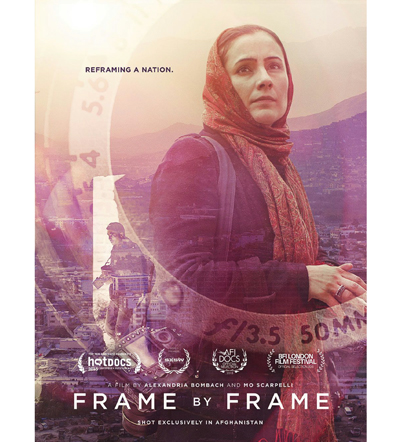
![]()
![]()
Panoramas featuring rich greens and yellows, vast and snowy mountain ranges, the deep-blue hues of expansive lakes and valleys – this is the kind of natural idyll that stirs the imagination of landscape painters – yet these aren’t the kind of images typically evoked by the mention of Afghanistan. Popular amongst hippies during the 1970s, Afghanistan was once a much sought after destination for its extraordinary natural beauty – a fact easily buried under decades of media images saturated with violence.
It was this natural beauty, and the everyday life of Afghans with an impassioned storytelling culture, that co-directors Alexandria Bombach and Mo Scarpelli sought to foreground in their scintillating documentary, Frame by Frame. Featuring portraits of four photojournalists, the film explores the emergence of a free-press in Afghanistan after the six-year prohibition on photography during the oppressive Taliban regime. As Alexandria Bombach describes, “It was more than just a ban on photography, it was all media, and all Afghan people’s voices; they banned anything that had to do with the human image.”
“I didn’t know what it would mean not to have photography in your life. But asking the photo-journalists, and watching them flip through photographs of their past, they were so sentimental, just as we would be flipping through our own childhood photos.”




 Facebook
Facebook Permalink
Permalink Digg
Digg Reddit
Reddit LinkedIn
LinkedIn StumbleUpon
StumbleUpon Tumblr
Tumblr


